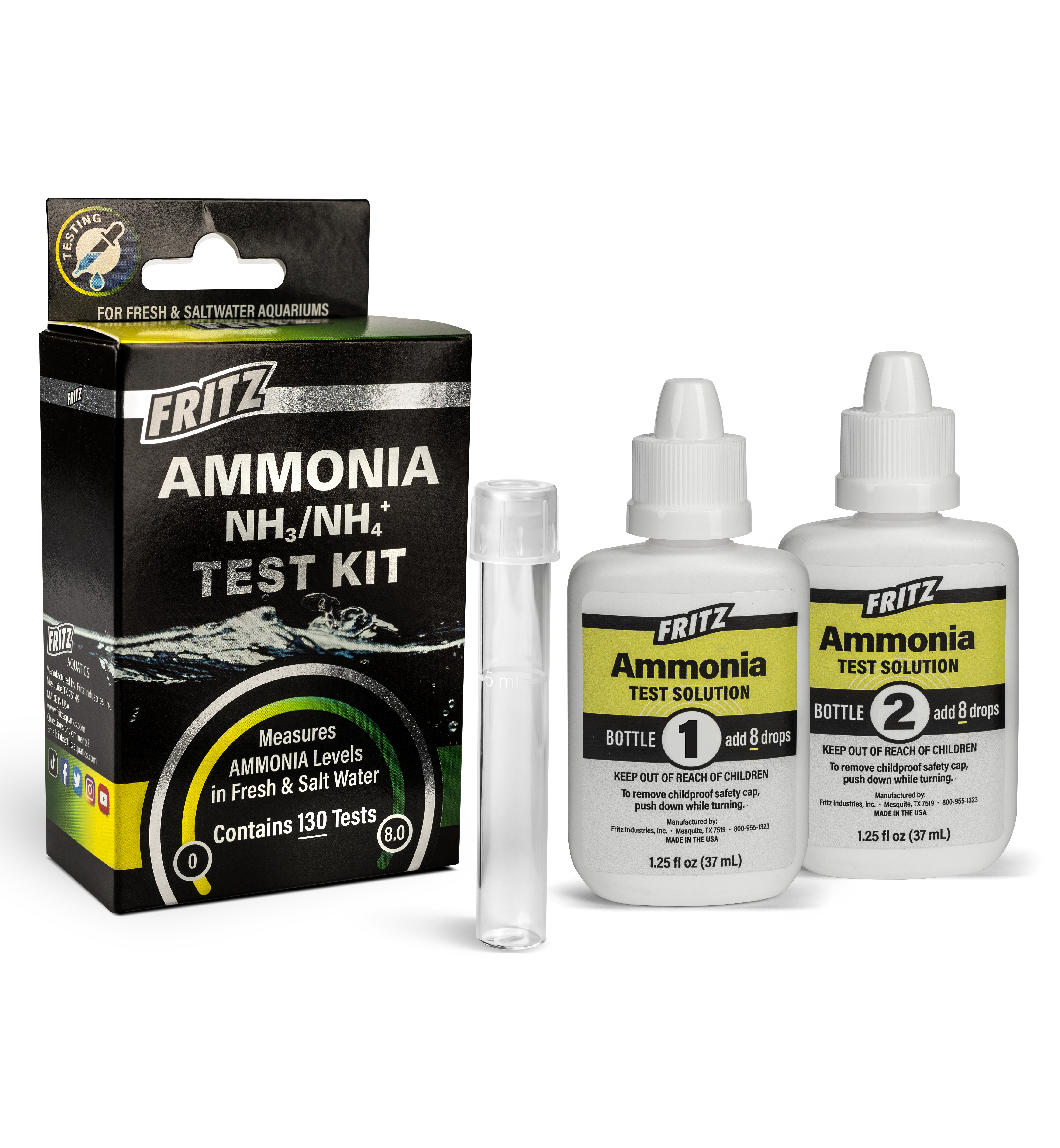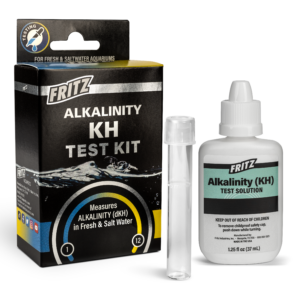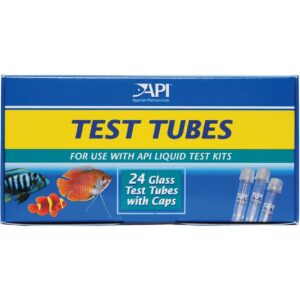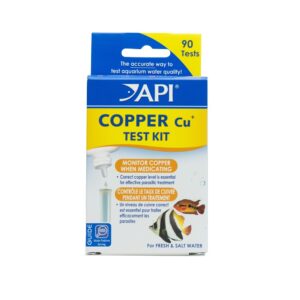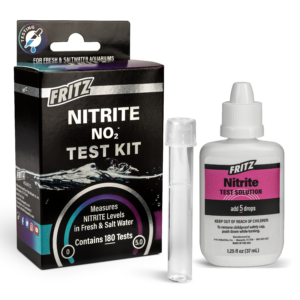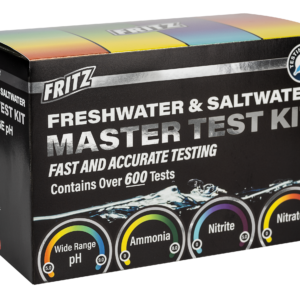-
 API pH Down Prof. Size 16oz
×
$14.681 × $14.68
API pH Down Prof. Size 16oz
×
$14.681 × $14.68 -
 API pH Up 4oz
×
$7.081 × $7.08
API pH Up 4oz
×
$7.081 × $7.08 -
 API Reef Master Test Kit
×
$71.962 × $35.98
API Reef Master Test Kit
×
$71.962 × $35.98 -
 API Ammo Lock 1gal
×
$49.981 × $49.98
API Ammo Lock 1gal
×
$49.981 × $49.98 -
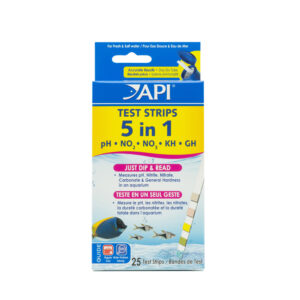 API 5-in-1 Aquarium Test Strips 25ct FW/SW
×
$12.981 × $12.98
API 5-in-1 Aquarium Test Strips 25ct FW/SW
×
$12.981 × $12.98 -
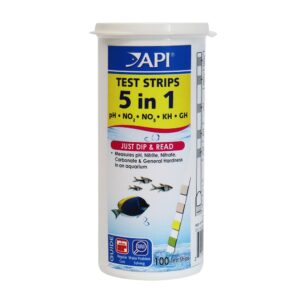 API 5-in-1 Aquarium Test Strips 100ct FW/SW
×
$24.981 × $24.98
API 5-in-1 Aquarium Test Strips 100ct FW/SW
×
$24.981 × $24.98 -
 API Saltwater Master Test Kit
×
$35.981 × $35.98
API Saltwater Master Test Kit
×
$35.981 × $35.98 -
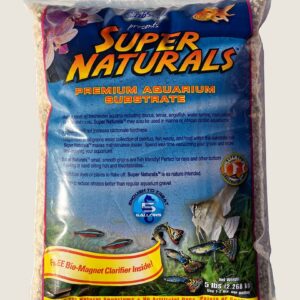 CaribSea Super-Natural-Carolina Creek 5lb
×
$5.801 × $5.80
CaribSea Super-Natural-Carolina Creek 5lb
×
$5.801 × $5.80 -
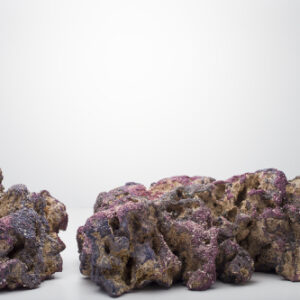 Caribsea LifeRock Shelf 40lb
×
$242.261 × $242.26
Caribsea LifeRock Shelf 40lb
×
$242.261 × $242.26 -
 API Marine Magnesium 16oz
×
$25.962 × $12.98
API Marine Magnesium 16oz
×
$25.962 × $12.98 -
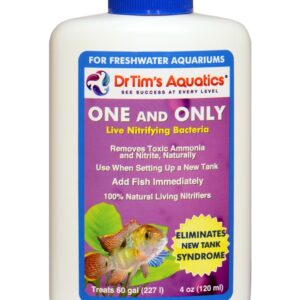 Dr. Tim's Freshwater One & Only (60 gal)
×
$32.191 × $32.19
Dr. Tim's Freshwater One & Only (60 gal)
×
$32.191 × $32.19 -
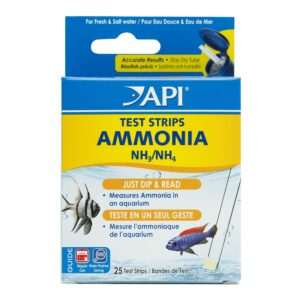 API Ammonia Test Strips 25ct FW/SW
×
$16.981 × $16.98
API Ammonia Test Strips 25ct FW/SW
×
$16.981 × $16.98 -
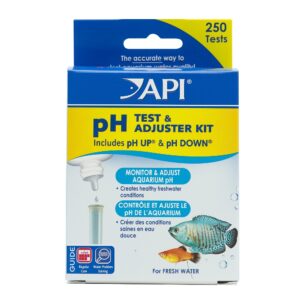 API pH Test & Adjuster Combo Kit FW
×
$12.981 × $12.98
API pH Test & Adjuster Combo Kit FW
×
$12.981 × $12.98 -
 API Proper pH 6.5 Powder Small
×
$11.181 × $11.18
API Proper pH 6.5 Powder Small
×
$11.181 × $11.18 -
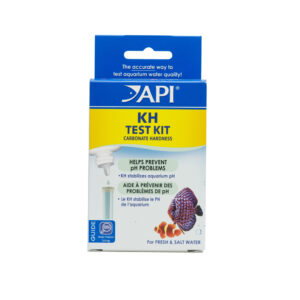 API KH Test Kit FW/SW
×
$8.981 × $8.98
API KH Test Kit FW/SW
×
$8.981 × $8.98

